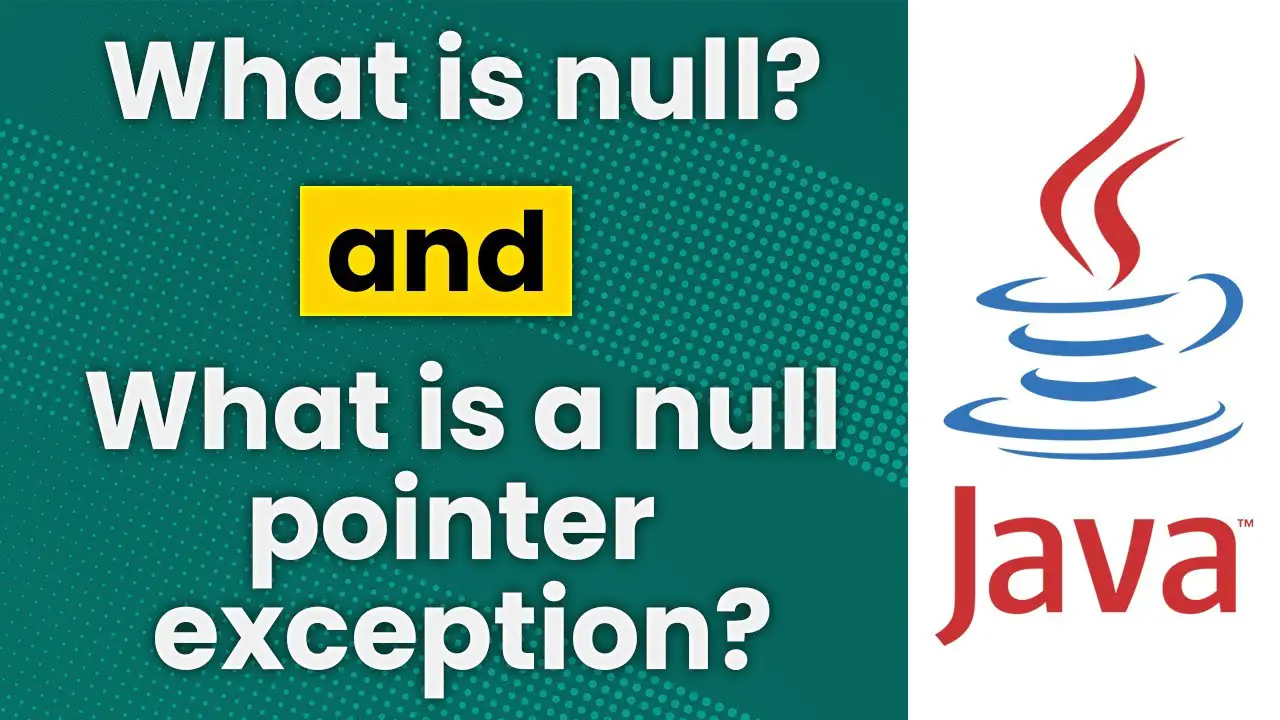How to Fix NullPointerException in Java

Have you ever encountered the dreaded NullPointerException in your Java code? It can be frustrating, especially when you’re not sure why it’s happening or how to fix it. But fear not, for I am here to guide you through this common issue and provide you with a solution.
Let’s start with a quick explanation of what a NullPointerException actually is. In Java, a NullPointerException occurs when you try to access a method or property of an object that is currently set to null. In other words, you’re trying to do something with an object that doesn’t exist.
Here’s an example to illustrate the problem:
String name = null;
int length = name.length(); // This line will throw a NullPointerException
In the above code snippet, we declare a variable called name and initialize it with null. Then, we try to access the length() method of the name object. Since name is null, attempting to call a method on it will result in a NullPointerException.
Now that we understand what a NullPointerException is, let’s move on to the fix.
Fixing the NullPointerException
The key to fixing a NullPointerException is to ensure that the object you’re trying to access is not null. Here are a few approaches you can take:
1. Check for null before accessing the object
One way to prevent a NullPointerException is to add a simple null check before accessing the object. Here’s an example:
if (name != null) {
int length = name.length(); // Access the object only if it's not null
}
By checking if name is null before accessing its method, we avoid the NullPointerException. This approach is useful when you expect the object to be null in certain cases.
2. Initialize the object with a default value
If it’s possible to initialize the object with a default value, you can avoid the NullPointerException altogether. Here’s an example:
String name = ""; // Initialize with an empty string
int length = name.length(); // No NullPointerException here
By initializing name with an empty string, we ensure that it’s never null. This approach is useful when you know that the object should always have a value.
3. Use the null-safe operator
In Java 8 and later versions, you can use the null-safe operator (Optional) to handle null values more gracefully. Here’s an example:
Optional<String> optionalName = Optional.ofNullable(name);
int length = optionalName.orElse("").length();
By wrapping name in an Optional object, we can safely call the length() method using the orElse() method to provide a default value if name is null. This approach is useful when you want to handle null values in a more concise and expressive way.
Conclusion
Now that you’re armed with the knowledge of what a NullPointerException is and how to fix it, you can confidently tackle this common issue in your Java code. Remember to always check for null before accessing an object and consider initializing objects with default values or using the null-safe operator for more robust code.
Happy coding and may you never encounter a NullPointerException again!